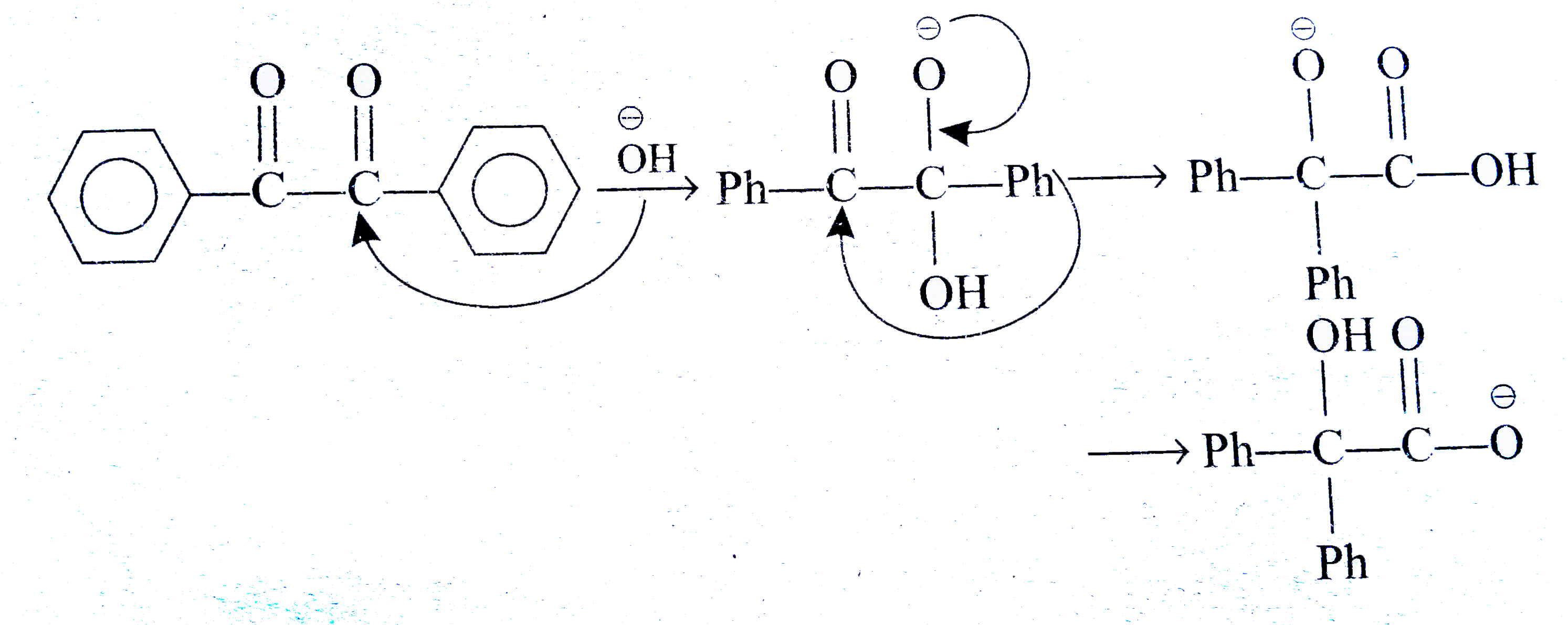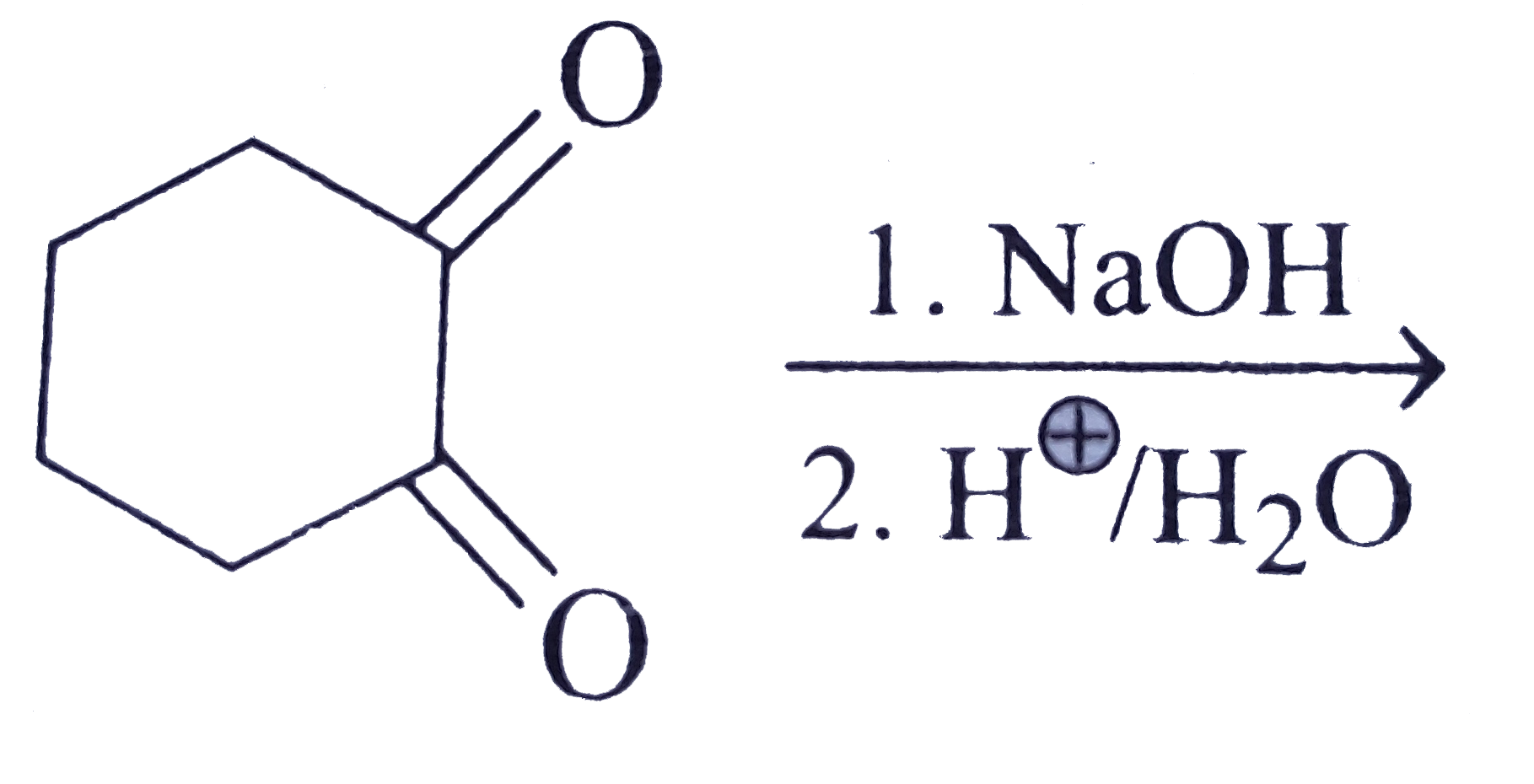Catalysed Reaction
Step by step video & image solution for Catalysed Reaction by Biology experts to help you in doubts & scoring excellent marks in Class 11 exams.
Updated on:21/07/2023Similar Questions
Calculate the ratio of the catalysed and uncatalysed rate constant at 20∘C if the energy of activation of a catalysed reaction is 20kJmol−1 and for the uncatalysed reaction is 75kJmol−1
View SolutionShow that the maximum enzyme catalysed reaction rate will occur for
[H+]opt=√k1k2
The general pH control enzyme catalysed reaction is
EH2+2⇔EH+⇔E
Only EH+ is capable for binding substrate and catalysing the desired reaction,
k1=[EH+][H+][EH2+2],k2=[E][H(+)][EH+]
View Solution
Knowledge Check
Consider the following reactions at 300 K.
A → B (uncatalysed reaction)
Acatalyst−−−−→B (catalyst reaction)
The activation energy is lowered by 8.314KJ mol−1 for the catalysed reaction. How many times the rate of this catalysed reaction greater than that of uncatalysed reaction?(Given e3.33=20)A15 timesB38 timesC22 timesD28 timesGiven that the normal energy of the reactant and produce are 40J and 20 J respectively and threshold energy of the uncatalysed reaction is 120 J.If the rate of uncatalysed reaction at 400 K becomes equal to the rate of catalysed reaction at 300 K, then what will be the activation energy of the catalysed forward and backward reactions respectively ?
A80 J, 60 JB60 J , 80 JC80 J , 100 JD50 J, 70 JStatement-1 : The catalyst does not affect the equilibrium constant.
Statement-2 : Because for the catalysed reaction and uncatalysed reaction ΔH remains same and equilibrium constant depends on ΔH.AIf both the statements are true and statement -2 is the correct explanation of statement-IBIf both the statements are true but statement-2 is not the correct explanation of statement-ICIf statement-I is true and statement-2 is falseDIf statement-I is false and statement-2 is true.
The activation energy of a certain uncatalysed reaction at 300 K is 76 k) per mole. The activation energy is lowered to 57 kJ per mole by the lise of a catalyst. By what factor is the rate of the catalysed reaction increased?
View SolutionThe activation energy of a non-catalysed reaction at 37∘C is 20.0 kcal mol−1 and activation energy of the same reaction catalysed by a transition metal is 6.0 kcal mol−1. Compute the ratio of rate constants of the catalysed and non-catalysed reactions.
View SolutionThe base catalysed reaction of 1,2-diketone to a salt of 2-hydroxy carbonxylic acid is known as benzile acid rearrangement . The reaction is not application to 1,2-diketones containing α− methylene group because of competing aldol condensation .


View SolutionAssertion : Co-enzymes serves as co-factors in a number of differen enzymes catalysed reaction.
Reason : Association of co-enzyme with the apoenzyme is only transient, usually occurring during the course of catalysis.
View SolutionEnzymes which catalyse reaction involving change in the structure of a molecule are
View Solution
